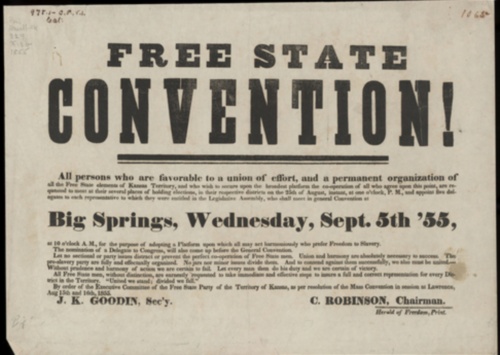 Moment of Indiana History
Moment of Indiana History
Posts tagged African American
February 4, 2013

A Pocket Of Abolitionism In Fort Wayne
The short-lived "Fort Wayne Standard" suggests that Indiana, despite its mostly conservative political leanings, was also home to more radical political views.
February 14, 2011
![]()
Frank Beckwith for President
Records are scant about the namesake of a little park in Indianapolis. At one time, however, Frank R. Beckwith gave Richard Nixon a run for the money.
October 11, 2010
![]()
Neighborhood Church, Living Monument
While children learned their letters in the basement, Terre Haute's Allen Chapel was home to another sort of underground activity.
February 1, 2010
![]()
Slavery Before Statehood
A haven for free blacks and runaway slaves by the mid-nineteenth century, Indiana almost legalized slavery at an earlier moment in its history.
September 29, 2008
![]()
Evansville African American Museum
With its spacious dimensions, pleasant views and various amenities, Lockefield Gardens in Indianapolis distinguished itself among housing projects erected in the 1930s under President Franklin Roosevelt’s Public Works Administration.
February 11, 2008
![]()
Leveling the Playing Field
One of the ways black students encountered racism in Bloomington in the 1940s was in its eating establishments, many of which illegally refused them service. One undergraduate student was particularly frustrated not to be able to get a quick meal between classes. Although George Taliaferro’s life-sized photo hung inside the Book Nook on Indiana Avenue, the defensive back who had led the Hoosiers to their first Big Ten victory in 1945 had to trek all the way to the west side of town to get fed.
April 23, 2007
![]()
Island Park Assembly
President Theodore Roosevelt called it “the most American thing in America.” With its passing, it’s been said, “the American middle class in the interior lost something valuable.” The Chautauqua movement brought religion, politics, culture and entertainment to small towns and rural outposts across the United States from the 1870s through the 1920s.










